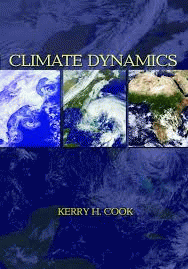Tree rings depend on seasonal variation in radial tree growth. Where they can be identified, their interannual variation may reflect climate variability. Compared to its use in temperate and boreal regions, tree-ring analysis has been less applied in tropical Africa, with weaker seasonality. Daniellia oliveri often forms the tallest trees in agroforestry parklands of the Sudanian savanna zone of Mali but its growth response to climate (rainfall, temperature) variability has not been documented. We analyzed six stem disks of D. oliveri and used standard dendrochronological methods to process the samples. Contrary to earlier literature likely based on more humid parts of the species distribution range, D. oliveri formed distinct growth ring boundaries in our study area. The mean annual radial growth was 2.73 ± 0.56 mm. All measured tree-ring series were successfully cross-dated with a GLK (Gleichläufigkeit) value of 76.3 ± 5.6. The final tree-ring chronology covers the period 1909-2021. After removing age-related growth trends, the tree-ring width index showed a significant relationship with records of annual rainfall (r2 = 0.46, n = 100 years, p < 0.001). The relationship between wet-season (June to September) precipitation and the residual chronology was slightly higher (r2 = 0.50, n = 100 years, p < 0.001). However, no significant correlation was found for temperature. These results imply that D. oliveri can be successfully used for dendrochronological studies with relevance for the management and restoration of the ecosystems in the Sudanian zone of West Africa, where long-term rainfall records are scarce.
DOI:
https://doi.org/10.1016/j.tfp.2022.100333
Altmetric score:
Dimensions Citation Count:






















